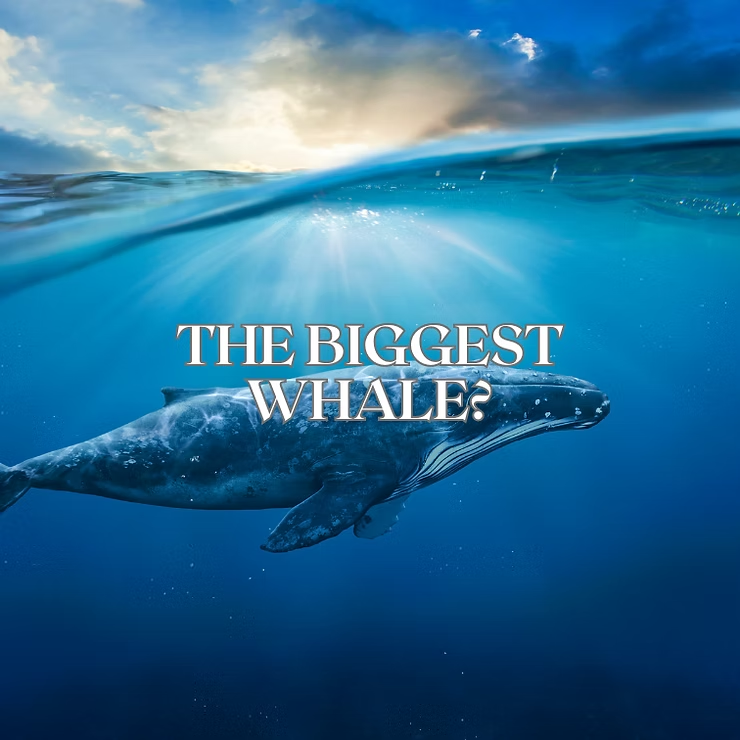The Blue Whale: A Colossal Creature
Size and Weight
The Blue Whale holds the title of the largest animal to have ever lived on Earth. These gentle giants can reach lengths of up to 100 feet and weigh as much as 200 tons—longer than a basketball court and heavier than 25 elephants combined. To sustain their size, Blue Whales consume massive amounts of krill, making them true giants of the sea.
Feeding Habits
Blue Whales eat primarily krill, consuming as much as 4 tons per day. They use a feeding technique called lunge feeding: opening their enormous mouths to engulf vast volumes of water and prey, then filtering the water through baleen plates. It’s an efficient system that fuels the biggest appetite in the ocean.
Habitat and Migration
These whales are true global travelers, found in oceans from the Arctic to the Antarctic. Blue Whales undertake long migrations, feeding in cold, nutrient-rich waters during summer and moving toward warmer regions in winter. While mostly solitary, they sometimes form loose groups during migration, navigating thousands of miles with remarkable precision.
The Sperm Whale: A Mighty Hunter
Physical Characteristics
The Sperm Whale is the largest toothed predator on Earth. Adult males can grow up to 60 feet long and weigh 45 tons. Its massive head, making up one-third of its body length, contains the spermaceti organ, filled with a waxy oil that aids buoyancy and deep diving. Equipped with conical teeth, the Sperm Whale is perfectly adapted for catching squid and other prey.
Diving Abilities
Sperm Whales are record-breaking divers, plunging to depths of 3,000 meters and holding their breath for up to 90 minutes. In the deep ocean, they rely on powerful clicks for echolocation, navigating in darkness and locating giant squid. Their diving prowess is unmatched in the animal kingdom.
Communication and Social Structure
Sperm Whales use a rich repertoire of clicks, whistles, and codas for communication. They live in pods led by a matriarch, with females and calves forming close social bonds. Males typically live solitary lives, joining pods only during breeding season. This complex social structure plays a vital role in their survival.
The Bowhead Whale: A Resilient Arctic Resident
Adaptations to Cold Environments
Bowhead Whales thrive in icy Arctic waters thanks to their thick blubber layer, which insulates against extreme cold. They are also capable of breaking through ice using their massive heads to reach feeding areas rich in plankton and crustaceans. These adaptations allow them to survive where few other large animals can.
Longevity and Life Cycle
Bowheads are among the longest-lived mammals, with lifespans of over 200 years. Slow to reproduce, females give birth to a single calf every three to four years. Their unique baleen system allows them to filter vast amounts of small prey, sustaining them through centuries in the Arctic environment.
Threats and Conservation
Despite their resilience, Bowhead Whales face significant threats. Climate change reduces sea ice critical for their feeding and breeding, while historic whaling drastically reduced populations. Today, conservation efforts—such as hunting regulations by the International Whaling Commission—are crucial for protecting these magnificent whales and preserving Arctic ecosystems.
From the colossal Blue Whale to the deep-diving Sperm Whale and the ice-adapted Bowhead, these species highlight the diversity, resilience, and fragility of the ocean’s most iconic giants.

